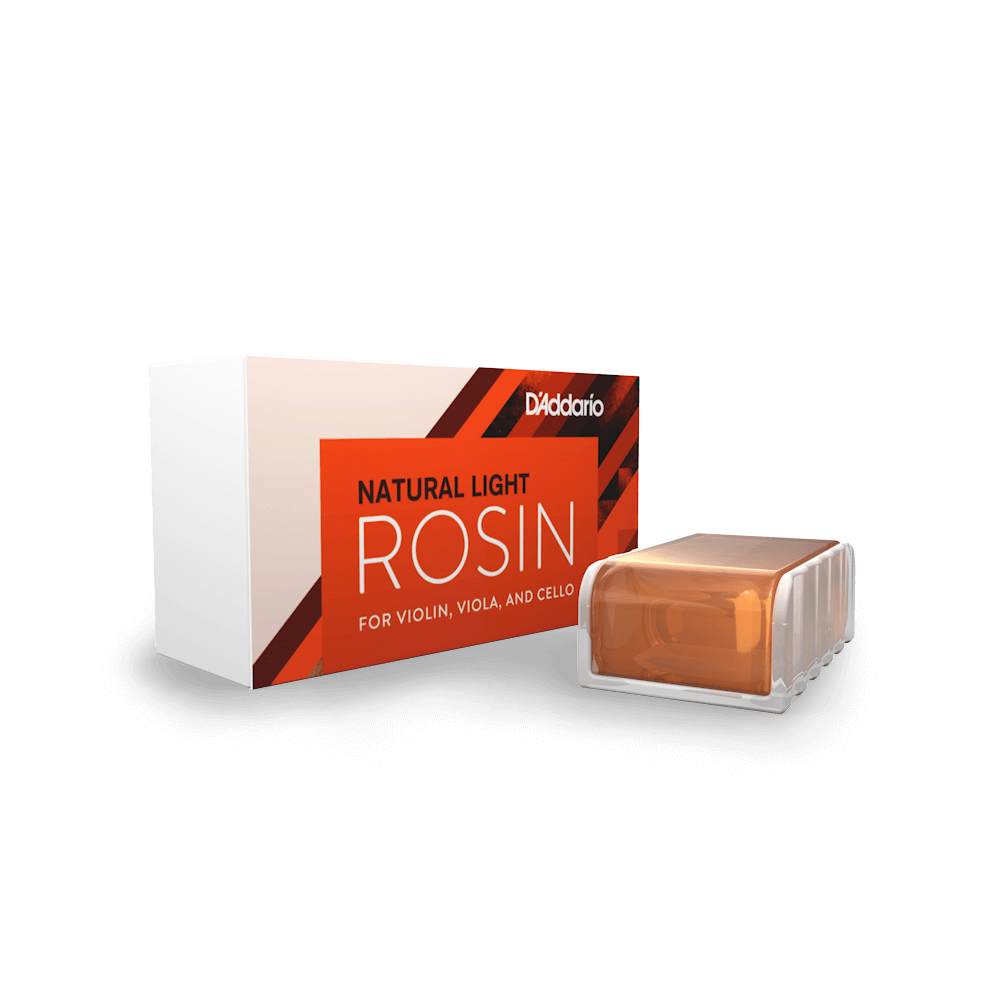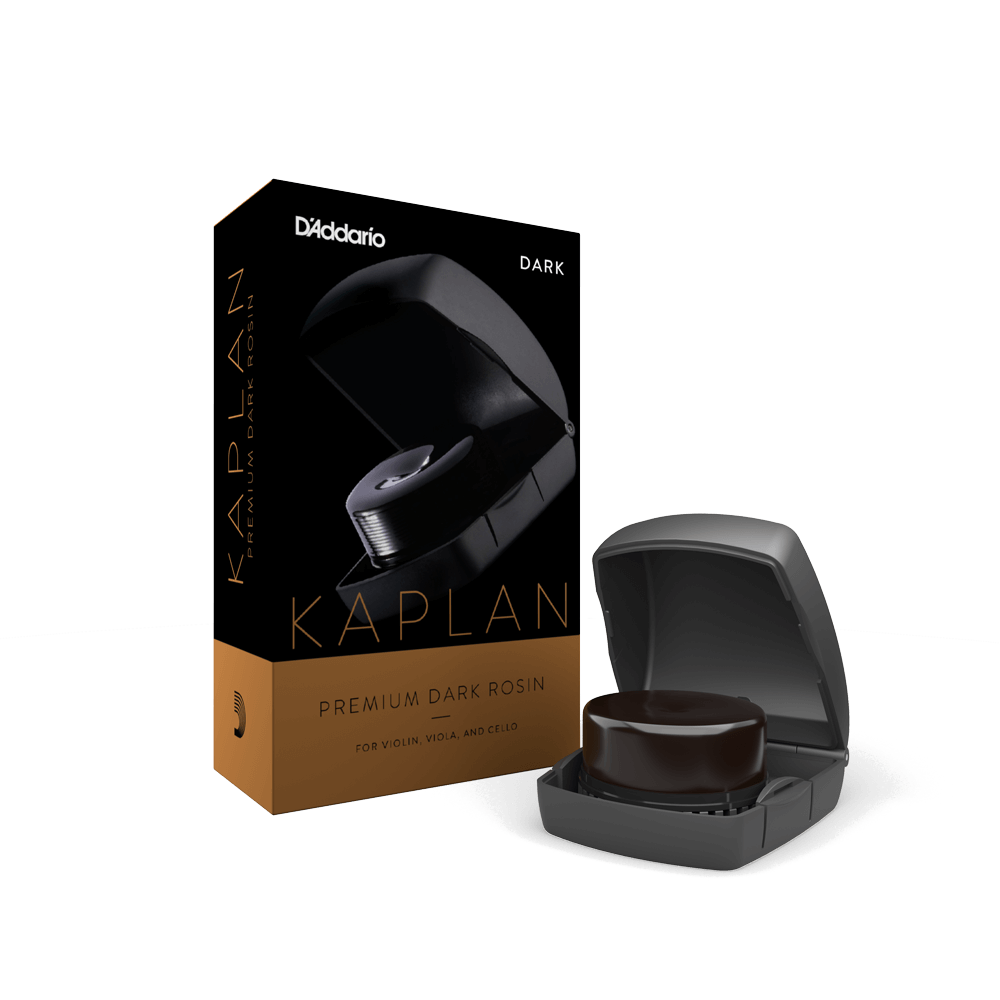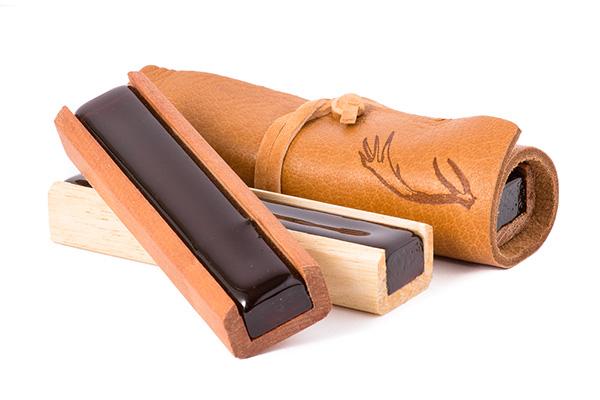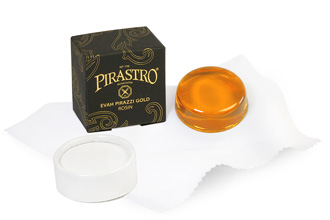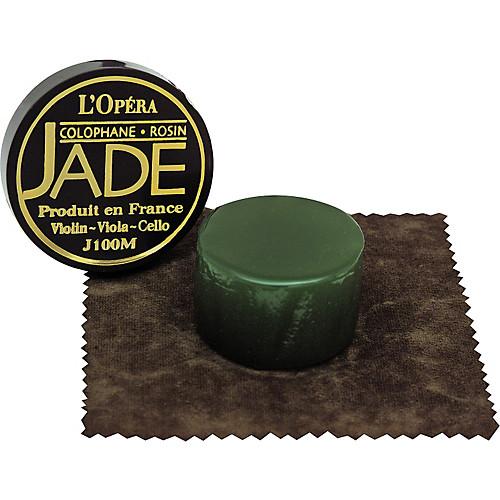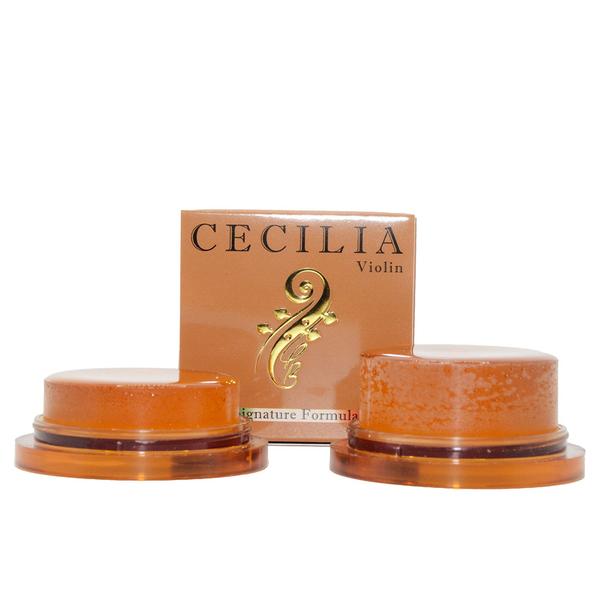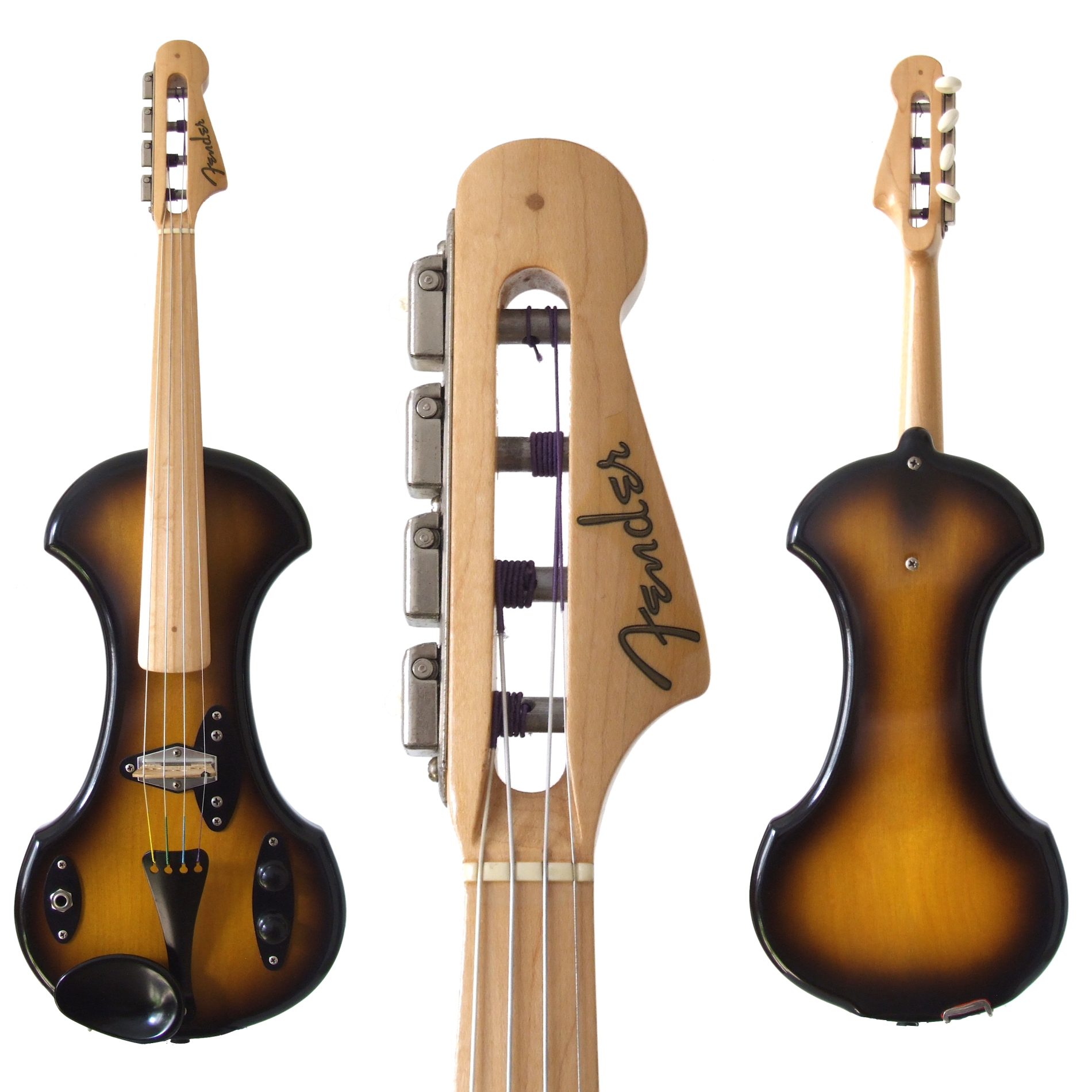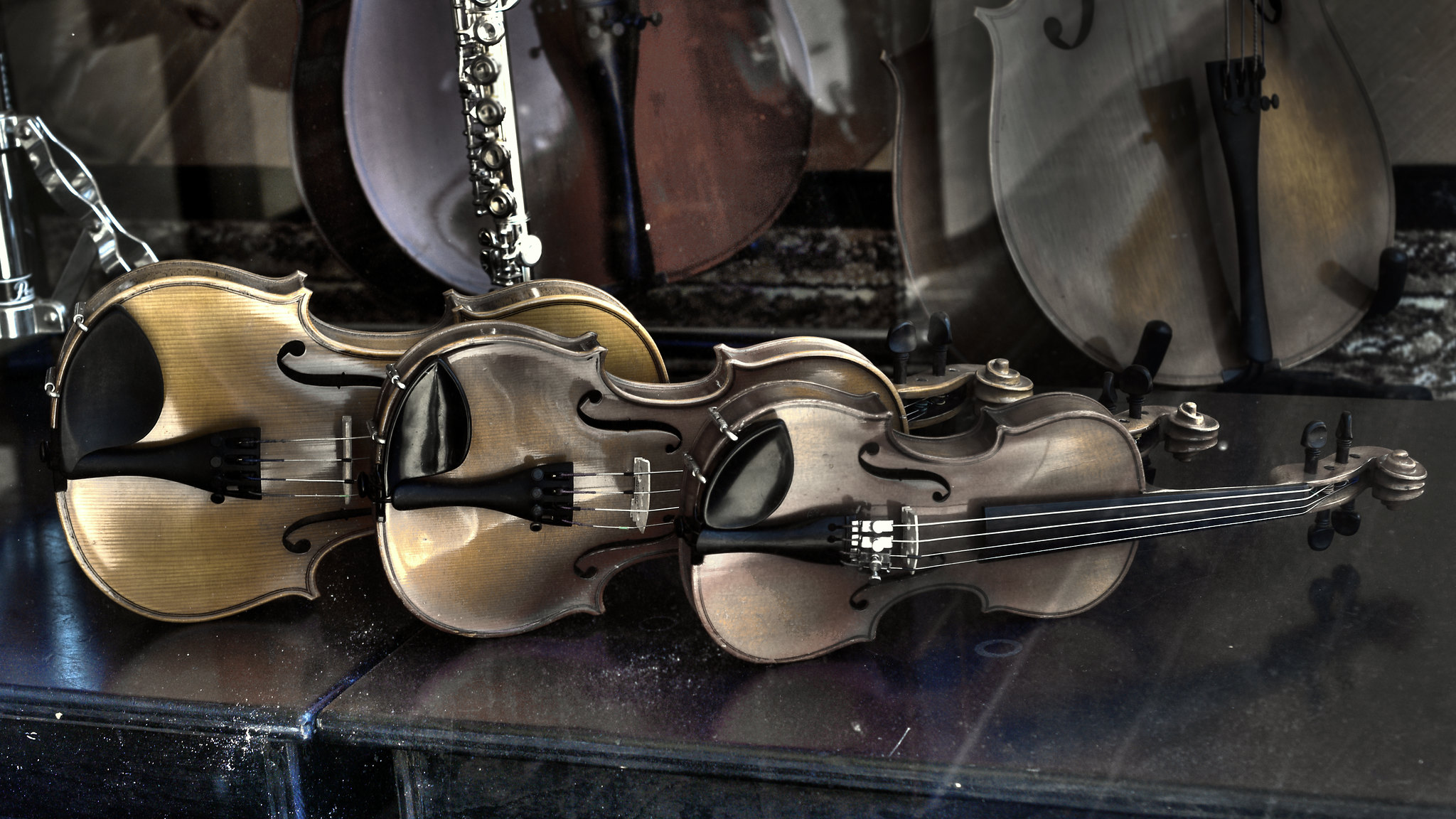What is Violin Rosin?
An integral part of any violinist's needs, rosin is a pine tree resin that is extracted and purified by heat until it achieves its golden, clear color. After being extracted and purified, the rosin is formed into specific molds or placed on pads, sold in cakes or wrapped in various materials for sale. Where some trees produce fine maple syrup, there are others who produce fine rosin!
Rosin is sticky, smells faintly of pine, and comes in varying degrees of dark or lightness. Like any product, there are gimmicks involved and promises of perfection if only the player uses a certain product. Therefore, there are rosins on the market that have gold flecks, rosins in artisian boxes, rosins with varying degrees of hard or softness. What all these rosins have in common is their purpose: to cause the bow to be dragged across the violin string smoothly to produce an ideal tone from the violin. What makes it tricky is the fact that all violins are different, and therefore each violin can respond differently to different types and makes of rosin.
How Rosin A Bow and How to Use Rosin
Rosin is a special substance, and it should be used with care. Here are several "Do's" and "Don'ts" to rosin use.
It's suggested that rosin never touch your clothes or fingers, as the residue will make your fingers sticky and cause your clothes to feel like you just enjoyed a caramel sundae.
In the way of suggestions, be careful with your rosin! If you drop your rosin on concrete or tile, it will shatter (not unlike the main image on this article). Not only will you be annoyed with the sticky shards all over your materials, but then your rosin is essentially done-for. Short of wrapping rosin shards in another cloth and using larger chunks to rosin your bow, you'll need to replace your rosin pronto.
Never toss your rosin to your friend across the orchestra or throw your rosin into your violin case. Treat it exactly like any other accessory: with gentleness and responsibility, and a cake of rosin will last you years!
Some rosin requires a quick scuff before being used for the first time. Be sure to check the manufacturer's directions if you are confused.
Run your bow up and down the rosin, thoroughly applying the rosin in a smooth motion. Don't overcoat your bow with rosin. Often two or three passes up and down is sufficient for a performance or a practice session.
Famous Brands
There are many famous brands of rosin that have vast followings of professional musicians. What might work for you and your violin might not work for someone else's instrument. However, you likely would not be let down by any of these reputable retailers of rosin.
D'Addario
D'Addario comes with a vast following of musicians from every discipline. This company produces everything from violin strings to clarinet reeds, so their expertise is diverse and consistent with high quality.
A stand-by rosin that comes in almost every beginner's violin case, D'Addario's rosin is light, versitile and extremely economical.
For those of us who are annoyed by copious amounts of rosin dust, this step up option is fantastic.
Leatherwood Bespoke Rosin
If you're looking to splurge a little on your rosin, Leatherwood promises to even out a violin's tone by way of giving a bow a little more "bite" for instruments that have a softer tone, and by deepening tone for brighter instruments. Bonus points for having an attractive leather case!
Piastro
Gold fleck rosin promises no residue left on the instrument or the bow. In addition to a well-known and loved brand of strings, Piastro makes a beautiful rosin as well. The gold in the rosin promises that you'll be the glammest violinist in the section. To be used sparingly as you'll get a lot of bang for your buck from this potent rosin.
Jade
A beautiful and excellent rosin, Jade promises to have almost no dust as well as environmentally conscious with its sourcing of rosin. This pine-free rosin reduces allergens for those who have allergy needs and limits dust production.
Cecelia
A rosin that promises that tone will not crack under pressure! For a higher price point, this rosin is beautifully crafted and protected by a fine cloth.
In Conclusion
Rosin is an essential part of a violinist's toolkit. Without it, truly fine tone is not achievable. Invest in a cake of rosin, and be set for years of excellent playing! Just don't drop it!

